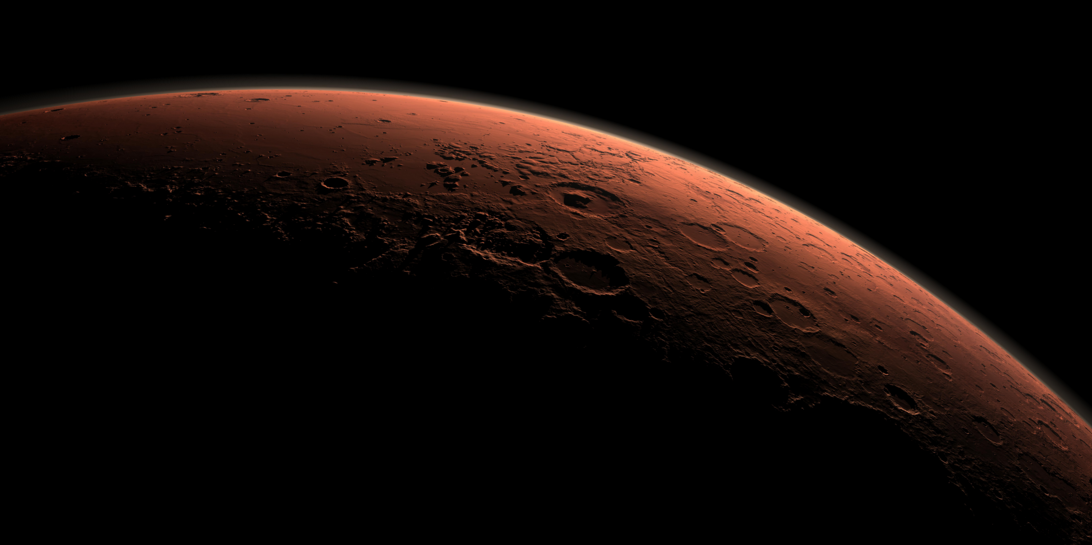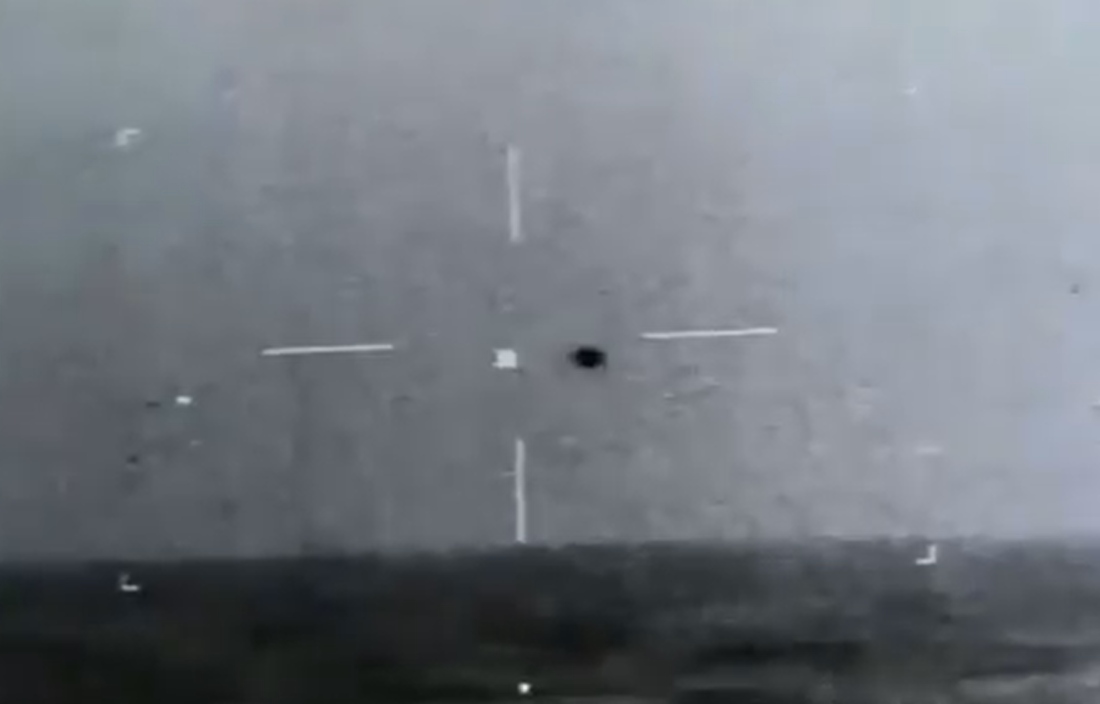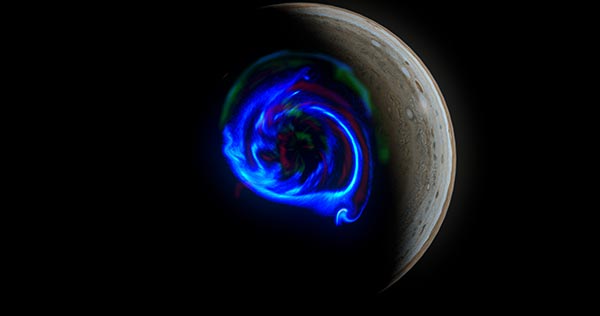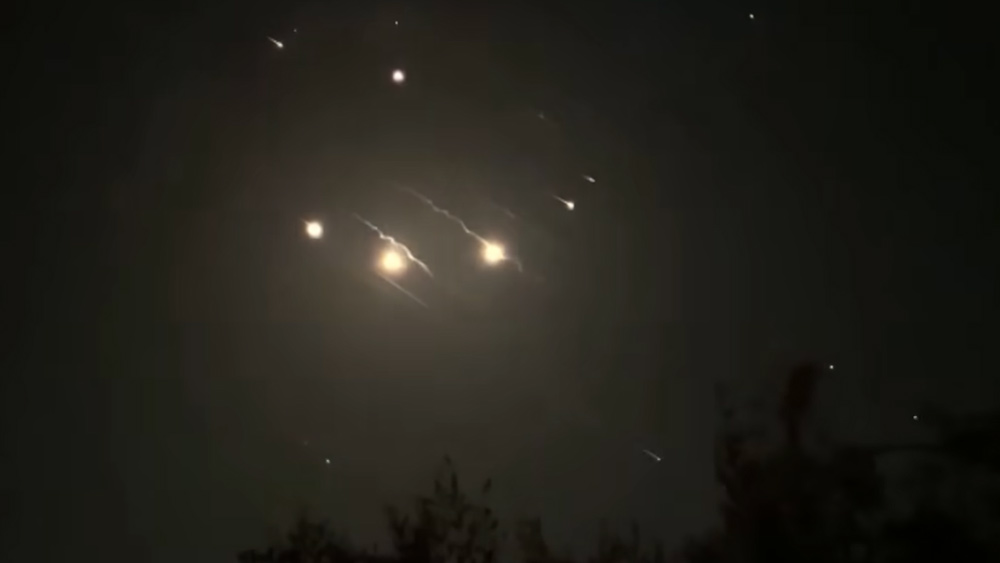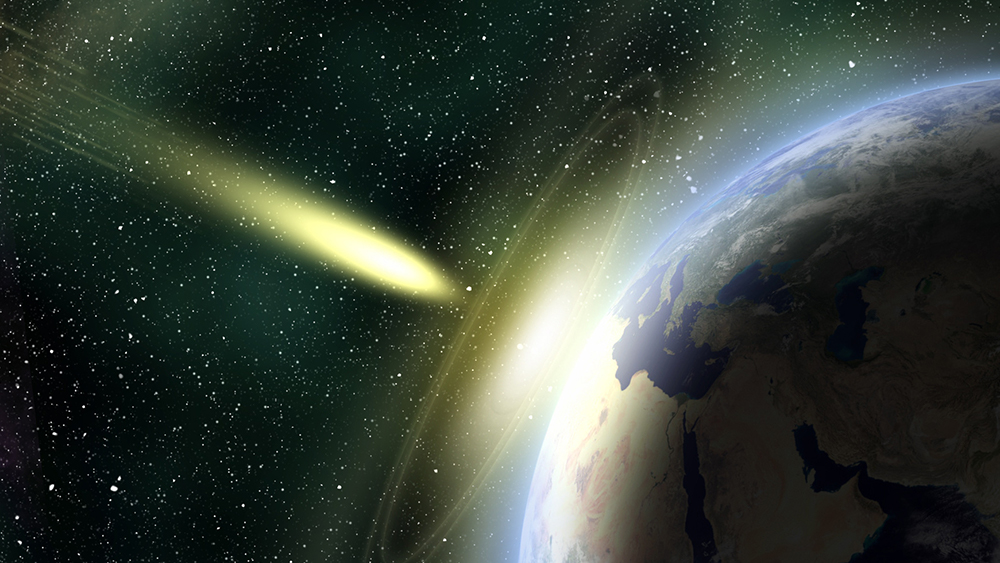NASA’s Perseverance finds “leopard spots” on Mars that may prove alien life existed
09/11/2025 / By Cassie B.

- NASA’s Perseverance rover discovered potential microfossils in a 3.7-billion-year-old Martian rock with organic patterns resembling microbial life.
- Key minerals like vivianite and greigite, linked to microbial activity on Earth, were found in the sample.
- NASA calls it the clearest sign of life on Mars yet but warns confirmation requires lab analysis of returned samples.
- Budget cuts and political delays threaten the Mars Sample Return mission, risking the loss of definitive proof.
- If confirmed, this discovery could prove Mars once hosted life, reshaping our understanding of the universe.
For decades, the question of whether life ever existed on Mars has tantalized scientists and truth-seekers alike. Now, NASA’s Perseverance rover may have delivered the most compelling answer yet—one buried in 3.7-billion-year-old rocks from an ancient riverbed. The discovery, announced Wednesday, reveals strange mineral formations nicknamed “poppy seeds” and “leopard spots” that could be the fossilized remnants of microbial life. Yet thanks to bureaucratic budget cuts and political games, these priceless samples may never make it back to Earth for definitive analysis.
The breakthrough came from a rock dubbed Cheyava Falls, drilled last July in the Bright Angel formation along the edge of Neretva Vallis—a dried-up river channel that once fed into Jezero Crater. Inside the rock, Perseverance’s instruments detected iron, phosphorus, and organic carbon arranged in patterns eerily similar to those left by microbes on Earth.
“These textural features told us that something really interesting had happened in these rocks,” said Joel Hurowitz, the study’s lead author and a planetary scientist at Stony Brook University. “Some set of chemical reactions occurred at the time they were being deposited.”
A potential biosignature—or just another dead end?
The rover’s SHERLOC and PIXL instruments identified two key minerals: vivianite (an iron phosphate often found near decaying organic matter on Earth) and greigite (an iron sulfide linked to microbial activity in oxygen-free environments). On our planet, such minerals frequently form when bacteria break down organic material.
But NASA isn’t popping the champagne just yet. While the findings—published in the journal Nature—are the “clearest sign of life we’ve ever found on Mars,” as acting NASA Administrator Sean Duffy put it, they stop short of proof. “A potential biosignature is a feature that could be consistent with biological processes,” clarified Lindsay Hayes, NASA’s senior scientist for Mars Exploration. “But it requires further work to confirm a biological origin.”
The problem? The most critical step—returning the samples to Earth for lab analysis—is now in jeopardy. NASA’s Mars Sample Return program, plagued by budget cuts and shifting priorities since the Trump administration, remains in limbo. Without those samples, the truth about Mars’ ancient inhabitants may stay buried forever.
Why this discovery matters more than ever
If confirmed, these findings wouldn’t just rewrite textbooks; they’d shatter the illusion that Earth is the only cradle of life in our solar system. Over 3.5 billion years ago, when Neretva Vallis was a rushing river and Jezero Crater a vast lake, Mars may have been just as hospitable to microbes as our own planet.
“These really ancient rocks provide us the window into a period of time that’s not particularly well represented on our own planet Earth, but it’s a time when life was emergent on Earth, and could have been on Mars as well,” said Katie Stack Morgan, Perseverance’s project scientist.
The rock’s low-temperature formation also rules out some non-biological explanations. “All the ways we have of examining these rocks suggest they were never heated in a way that could produce these spots,” study co-author Dr. Michael Tice noted. “If that’s the case, we have to seriously consider the possibility that they were made by creatures like bacteria.”
This isn’t the first time NASA has teased the possibility of Martian life. In 1996, a meteorite from Mars (ALH84001) sparked global headlines when scientists claimed it contained fossilized bacteria. The claim was later disputed, but the debate never truly ended. Now, with Cheyava Falls, the evidence is stronger—and the stakes are higher.
Sources for this article include:
Submit a correction >>
Tagged Under:
alien life, cosmic, discovery, Life on Mars, Mars, NASA, research, solar system, Space
This article may contain statements that reflect the opinion of the author
RECENT NEWS & ARTICLES
COPYRIGHT © 2017 UNEXPLAINED.NEWS
All content posted on this site is protected under Free Speech. Unexplained.news is not responsible for content written by contributing authors. The information on this site is provided for educational and entertainment purposes only. It is not intended as a substitute for professional advice of any kind. Unexplained.news assumes no responsibility for the use or misuse of this material. All trademarks, registered trademarks and service marks mentioned on this site are the property of their respective owners.


